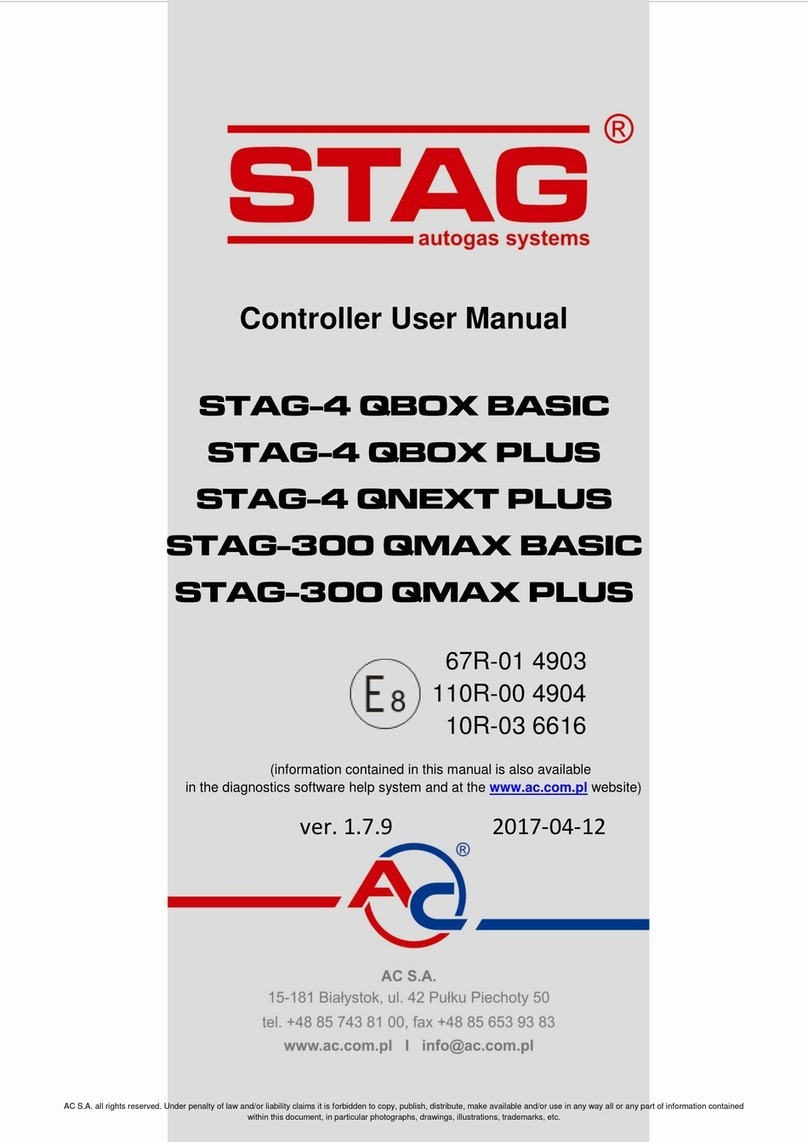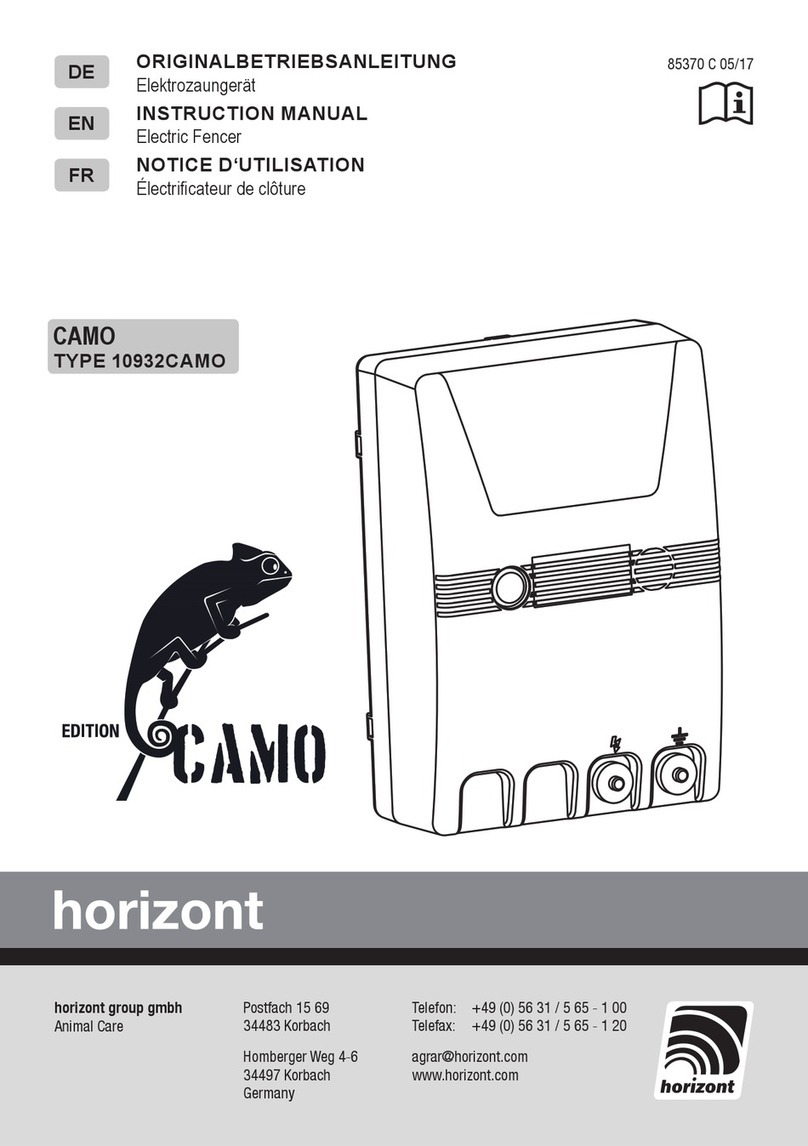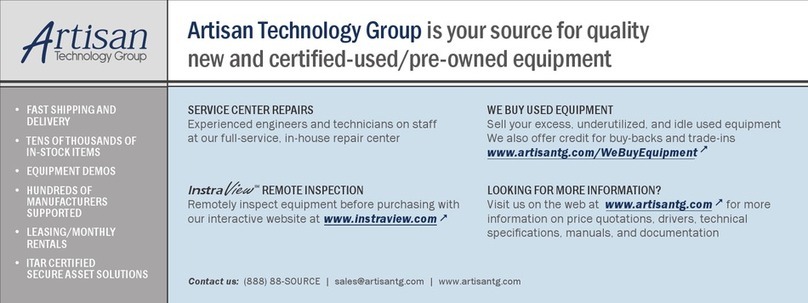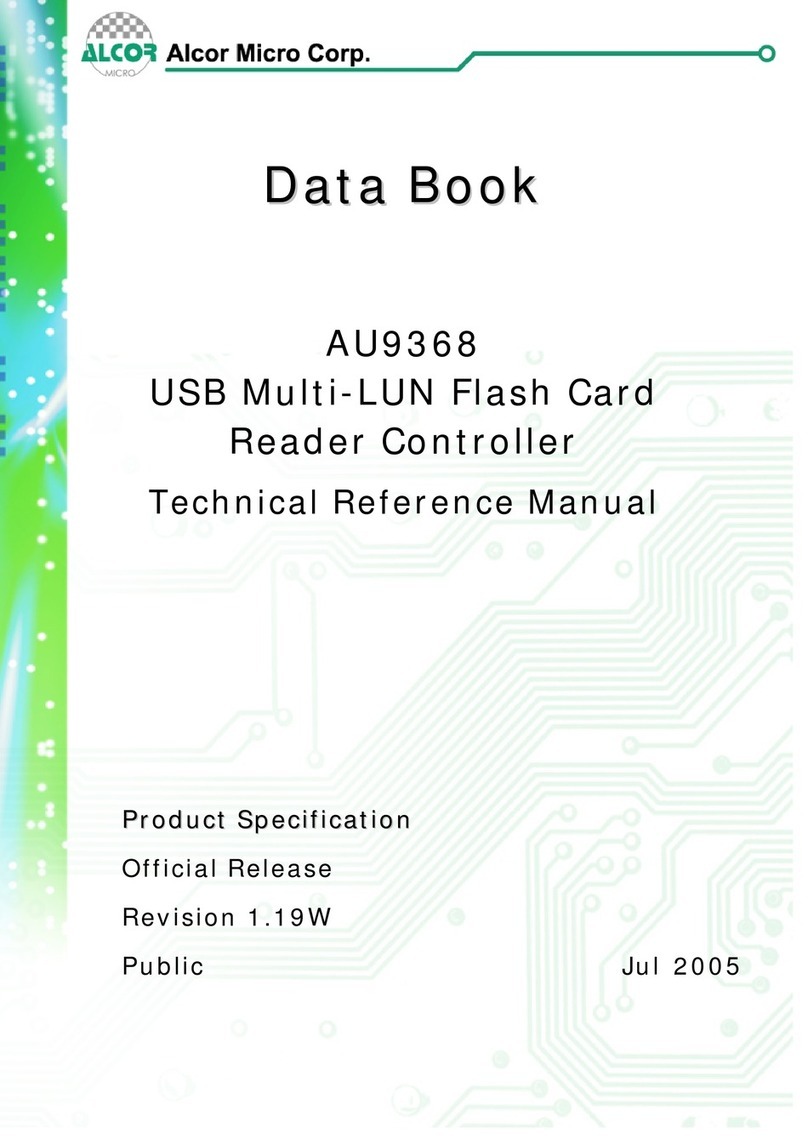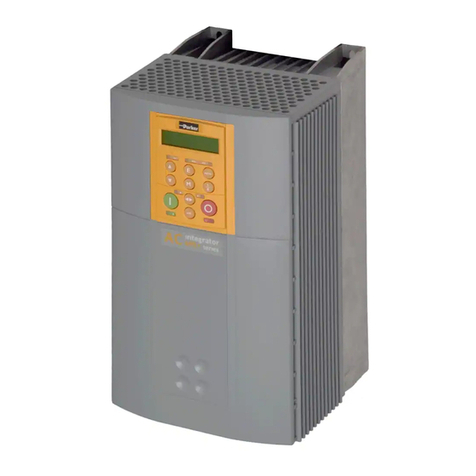Ecus POWER_AVR SVR TRI 3/3 User manual

User Manuel
POWER_AVR SVR TRI 3/3 (three Phase)
6 to 150 KVA
To contact the technical service:
E-mail: [email protected]
Phone: 0892049596
Download the latest version: http://www.ecus.fr/spec/ Manual_POWER_AVR-SVR-TRI-EN-6to150KVA.pdf
Hotline: Call your seller to find out how to benefit from this service
V1.1
POWER_AVR

POWER_AVR STR Triphasé

3
User Manual
IMPORTANT NOTICES!
Dear user;
This manual contains information about features of Voltage Regulator (AVR), installation, operation and
the loads connected to the AVR, safety information, use of the AVR, operation principles, settings and
measurements (calibrations), detection and troubleshooting.
Life span of the device is 10 years.
This Voltage Regulator is designed to meet the requirements specified in TS EN 60335-1 and
TS EN 60335-1 / A11 Standards. This AVR complies with the norms of the following marking.
Read the instructions carefully before the installation.
Keep manual in case you need as an Application Source!
COMPANY reserves the rights of this document. The reproduction, publication
or modification of some or all of this document is prohibited unless written
permission is given by COMPANY.
COMPANY reserves the right to change the contents and information in this
document without notice.

POWER_AVR STR Triphasé
MEANINGS OF SYMBOLS USED IN THE MANUAL
Abbreviations and Descriptions
AVR: Automatic Voltage Regulator
V:Volt(Voltage)
A:Amper(Current)
P:Watt(Power)
For Manual Bypass:
Mains (1): The bypass load thru Mains voltage.
Regulator (2): The load thru Regulator
This symbol points out where to pay attention mostly.
This symbol shows instructions that may pose a life threatening hazard, such
as an electric shock if not followed.
This symbol indicates instructions that may cause injury to the user and / or
damage to the AVR if not followed.
This symbol indicates that the transport materials used for AVR are
recyclable.

5
User Manual
MEANINGS OF SYMBOLS ON AVR
PE: Protective Earth
Electroshock Hazard (Black/Yellow)
Includes warning instructions
Recycle
Heavy load

POWER_AVR STR Triphasé
Contents
MEANINGS OF SYMBOLS USED IN THE MANUAL ............................................................................................................ 4
MEANINGS OF SYMBOLS ON AVR.................................................................................................................................... 5
1.SAFETY INSTRUCTIONS .................................................................................................................................................. 8
2.GENERAL INSTRUCTIONS .............................................................................................................................................. 9
2.1.Safe Handling.......................................................................................................................................................... 9
2.2.Location ................................................................................................................................................................ 10
2.3.Storage .................................................................................................................................................................. 11
3.UNPACKING AND ASSEMBLY ...................................................................................................................................... 11
3.1.Unpacking ............................................................................................................................................................. 12
3.2.Assembly Procedures ........................................................................................................................................... 12
3.3. 3 KVA -150 KVA(1 Phase Input/1Phase Output)Front Panel View .................................................................... 13
3.4. 3 KVA - 150 KVA(3Phase Input/ 3 Phase Output) Rear Panel View................................................................... 14
3.5. 3 KVA -150 KVA (3 Phase Input/3 Phase Output) Connection of Terminals ......................................................... 15
3.5.1. Earth Connection .............................................................................................................................................. 16
3.5.2. Input-Output and Neutral Connections .......................................................................................................... 16
4.AVR (AUTOMATIC VOLTAGE REGULATOR) OPERATIONS .......................................................................................... 17
4.1. Device Specifications and Basic Information ..................................................................................................... 18
4.1.1. Power Range ................................................................................................................................................. 18
4.1.2. Working Voltage Range ............................................................................................................................... 18
4.1.3. Correction Speed .......................................................................................................................................... 18
4.1.4. Output Deviation .......................................................................................................................................... 18
4.1.5. Efficiency ....................................................................................................................................................... 18
4.1.6. Operational Temperature ............................................................................................................................ 18
4.1.7. By-Pass System ............................................................................................................................................. 18
4.2. Advantages of AVR .............................................................................................................................................. 19
4.3 Application Fields ................................................................................................................................................. 19
5. .INPUT/OUTPUT DISPLAY ........................................................................................................................................... 20
5.1 .Connection Form ..................................................................................................................................................... 21
5.2 .Using The Buttons ................................................................................................................................................... 21
5.3 .Error Codes : ............................................................................................................................................................ 22
5.4 .Start-up of Device : .................................................................................................................................................. 22
5.5 .Display Infromation : ............................................................................................................................................... 22
5.6 .To Advance in Display Inventory : .......................................................................................................................... 24
5.7 .Demand Time Set : .................................................................................................................................................. 24
5.8 .Phase Sequence Protection Enable / Disable : ....................................................................................................... 25
5.9 .Setting ...................................................................................................................................................................... 25
5.10 .Voltage Settings :................................................................................................................................................... 26

7
User Manual
5.11 .Current Settings : ................................................................................................................................................... 30
5.12 .Frequency Settings : .............................................................................................................................................. 34
5.13 .RS485 Settings : ..................................................................................................................................................... 36
5.14 .General Settings : .................................................................................................................................................. 36
5.15 .About : ................................................................................................................................................................... 37
5.16 .Enter Menu with Password : ................................................................................................................................. 38
5.17 .Schanging Password : ............................................................................................................................................ 38
5.17 .Password Enable / Disable : .................................................................................................................................. 39
5.18 .High Voltage Protection Value Change : .............................................................................................................. 39
5.19 .Low Voltage Protection Value Change : ............................................................................................................... 39
5.20 .High Current Protection Value Change : ............................................................................................................... 40
5.21 .Low Current Protaction Value Change : ............................................................................................................... 40
5.22 .Voltage Asymmetry Protection Value Change : ................................................................................................... 40
5.23 .Quick Setup :.......................................................................................................................................................... 41
6.1. AVR Internal Structure ........................................................................................................................................ 43
6.2. Control Board and Assembly .............................................................................................................................. 44
6.3. Possible Malfunctions and Troubleshootings .................................................................................................... 46
7. TECHNICAL SPECIFICATIONS ...................................................................................................................................... 47
8. WARRANTY ................................................................................................................................................................. 48
8.1. Warranty Conditions ........................................................................................................................................... 48
8.2. AVR’s Out of Warranty Situations ...................................................................................................................... 48
8.3. Device and Manufacturer’s Information ............................................................................................................ 49
Three Phase Electrical Connection Diagram ................................................................................................................ 1
NOTES ........................................................................................................................................................................... 1
Product Label ................................................................................................................................................................ 1
Product Dimensions ..................................................................................................................................................... 1

POWER_AVR STR Triphasé
1.SAFETY INSTRUCTIONS
Human Safety
Use the AVR where thereis restricted access.
When AVR Line (Manual Bypass) is selected, device is deactivated and the load is
sourced from the mains and the output is energized.
AVR must be connected to earth appropriately.
The AVR should only be turned on by authorized service personnel.
Device Safety
The AVR must be protected by a circuit breaker that is easily accessible against
overload and short-circuit conditions.
Do not operate the AVR if the ambient temperature and the relative humidity are
out of specified range in this manual.
Do not operate the AVR in the presence of liquid or in extremely humid
environments.
Do not allow liquid or foreign objects to enter the AVR.
Do not block the AVR ventilation holes.
Lifespan of AVR is 10 years.
Recycling and
Change
Use insulated handled tools.
To prevent occupational accidents, remove watches, metal accessories such as
rings and use rubber shoes and gloves.
Replaced semi-finished materials must be packed to be recycled.

9
User Manual
2.GENERAL INSTRUCTIONS
2.1.Safe Handling
Be careful when handling loads. Do not carry heavy loads without help.
Move wheeled devices on smooth and unobstructed surfaces.
Do not use ramps that are more inclined at 10 ° angle.
Follow the recommendations below for load weights.
An adult can carry loads up to 18 kg.
Two adults can carry loads up to 32 kg.
Up to 55 kg can carry loads of three adults.
Use pallet trucks, forklifts, etc. to transport heavy loads
from 55 kg.
Save packing materials in case AVR is transported by technical service or to
other place.
Since AVR is heavy, must be used a proper vehicle to handle.
The AVR should be packed properly when it needs to be carried again. For
this reason, it is recommended to save the original package.
All packaging materials must be dropped at the relevant collection points in
accordance with recycling rules.

POWER_AVR STR Triphasé
2.2.Location
This product complies with the restricted access and safety requirements specified in TS EN 60335-1 and TS
EN 60335-1 / A11 safety standards. Users must meet the following requirements.
İmage-1
Non-Suitable Operating Enviroments for AVR
Harmful smoke, dust, abrasive dust.
Moisture, steam, rainy/bad weather conditions
Explosive powders and mixtures
Excessive temperature changes
Lack of ventilation
Direct/ indirect exposure to radiation heating thru any other sources
Severe electromagnetic field
Harmful radioactive level
Insects, fungus
AVR is not designed for outdoor use
The AVR can operate at ambient temperatures between -10 °C/ + 50°C. The
relative humidity at ambient must be between 20%-95%.
Make sure the floor is strong enough to carry the system weight.

11
User Manual
2.3.Storage
AVR can be stored at a temperature of -25 ° C to +60 ° C, far away from heaters and in a dry
environment.
The relative humidity at ambient must be between 20%-95%.
Check the AVR power compliance of total load to be connected to AVR and line.
AThe AVR must be stored in a dry and moisture-proof environment before commissioning.
3.UNPACKING AND ASSEMBLY
The equipment damaged during transportation must be inspected by the
Technical Service Personnel before the installation.
As AVR is delivered to you, please check the packaging firstly. Even device is
packed carefully, it may have been damaged during the transportation. In
case of any damage in the packaging, please contact the transportation
company.
The output voltage and output frequency of the AVR are set to 220V / 50Hz
as standard.(230 V/240 V as optional)
It is recommended to store AVR original packaging.

POWER_AVR STR Triphasé
3.1.Unpacking
İmage-2
The cardboard box is removed from the top as held by the handles.
3.2.Assembly Procedures
The installation complies with national installation regulations.
• TS HD 384.4.42 S1: Electrical installation at the premises Part 4: Protection for safety Group 42:
Protection against thermal effects
• TS HD 384.4.482.S1: Electrical installations in buildings, Part 4: Safety protection Group 48: Selection of
protective measures due to external effects, Part 482: Protection against fire at special hazards or places
whereas danger exists
The line and bypass inputs must have protection and circuit breaker systems in the power distribution
panel. The breakers on the board will cut all conductors at the same time.
Connections must only be made by Authorized Technical Personnel. The
user's attempt to make connections on his own can be life-threatening.

13
User Manual
3.3. 3 KVA -150 KVA(1 Phase Input/1Phase Output)Front Panel View
İmage-3
Image
-
1
1 MCB(Miniature Circuit Breaker)
2 Monitoring
3 Fuses
4 Thermostat Adjust
5 Cam Switch(Line-Regulator)
1
5
2
3
4

POWER_AVR STR Triphasé
3.4. 3 KVA - 150 KVA(3Phase Input/ 3 Phase Output) Rear Panel View
Image-4
Image
-
4
1 Input / Output / Neutral Connection
2 Smart Fan
2
1

15
User Manual
3.5. 3 KVA -150 KVA (3 Phase Input/3 Phase Output) Connection of Terminals
Connection terminals of the AVR located at rear side. Remove the rear cover with an instrument.
After removing the cover, route the earth, input and output cables through holes located below cable
connection points.
Image-5
Feedback Risk
Firstly, separate the AVR from the circuit. Measure all terminals including
the earth connection (PE) and check if there is dangerous voltage.
Check the AVR’s input, output fuses and Mains Automatic Fuses are in the
OFF position before connections of output.
Before installation, make sure that all circuit breakers in the panel are in the
"OFF" position.

POWER_AVR STR Triphasé
3.5.1. Earth Connection
AVR’s PE (Earth) must be connected to high quality Earth line (low resistance)The connection of the load
must be done through the output Earthing screw.
3.5.2. Input-Output and Neutral Connections
A residual current relay (min 300mA) must be connected to the distribution panel.
For safety, the ground connection of the device must be done. Perform PE
ground connections before connecting any other cable.
If the ground cable accompany with the input neutral cables, it should be cut
long enough so that the ground cable does not come out even if the phase
cables are come out.
The modifications on the panel must be carried out by the authorized
technical personnel.
Before connecting the input cables, make sure the Automatic fuse in the
distribution panel at “OFF” position.

17
User Manual
4.AVR (AUTOMATIC VOLTAGE REGULATOR) OPERATIONS
The AVR (Automatic Voltage Regulator) connected between the mains and the device protects the device /
devices from line breakdowns, especially line outages.
AVR Block Diagram
Image-6
In case of drops or rises on main input voltage,the electronic control circuit senses the variation
precisely and drives the servo motor quickly. With this signal, the motor moves the Variable Transformer
(Variac) to the left or right which effects booster transfomer’s primary winding as generating voltage plus
or minus according to Mains voltage and source the voltage for secondary winding as addition or
subtraction to the mains input voltage. Thus, keeps the output voltage precisely with determined tolerance
against input voltage fluctuations and makes the system under safe operation. Due to fast response timing
control system and high start-up torque DC motor, regulator corrects even small voltage changes very
quickly.
If DC motor is out of input operating limits, the output voltage is automatically set to the required
value by the limit switches and deactivated by the control circuit.

POWER_AVR STR Triphasé
4.1. Device Specifications and Basic Information
4.1.1. Power Range
3 – 150 kVA three phase production.
4.1.2. Working Voltage Range
Standart: %-25,%+15
380/400/415 V
Three Phase
Optional: %±20
%±40
±30
% -35,%+15
%-30,%+20
%-35,%+15
4.1.3. Correction Speed
90 V/sec.
4.1.4. Output Deviation
As long as the regulator is not used over its power, there is no deviation from the output.
4.1.5. Efficiency
Regulators’ efficiency is over 98% since the use of high quality transformer with silicon sheet and
conductors .
4.1.6. Operational Temperature
Regulators shall be used up to 50 ° C unless there is acidic and humid environment. Extra cooling system
also applied for the hot environments over this temperature.
4.1.7. By-Pass System
By-pass operation is realized thru high quality pako switches. In case of any fault, the regulator can be
transferred to the Line with the 2x and 6x pole changeover switches without any operation.

19
User Manual
4.2. Advantages of AVR
High quality and Long Life Solution
Safe and tested system
Silent Operation and High Efficiency
No Distortion at output
Stable and uninterruptible supply
Wide correction bandwidth, high accuracy
4.3 Application Fields
CNC machines
Heating, cooling and air conditioning devices,
Radio&TV stations,
Medical devices,
Rectifiers
Electrical motors,
Telecommunication devices,
Automatic welding machines,
Magnetic devices,
Lighting devices,
Printing machines and precise typesetting machines,
Precise photography studio tools,
Induction heating devices,
Electroplating systems,
All kinds of electronic weaving looms,
Laboratories with electrical and electronic equipment,
Testing and research laboratories,
Lifts, Elevators
Factories, Hotels, Offices, Houses

POWER_AVR STR Triphasé
5. .INPUT/OUTPUT DISPLAY
The input / output display on the front panel shows the voltage value at the input and the voltage at the
output of the device.(Image-7)
Image-7
Image
-
7
1 It shows phase number belong to measurement values
2 Showing values are minimum of measurement values
3 Showing values are maximum of measurement values
4 Showing values are average of measurement values
5 Showing values are demand of measurement values
6 It shows Serial Communications
7 It shows that type of measurement values
8 It shows number of error
9 It shows relay state. means that relay is close, means that relay is open.
10 It shows phase sequence. “L123” means that phase sequence is correct.”L132”
means that phase sequence is incorrect.
Table of contents
Popular Controllers manuals by other brands
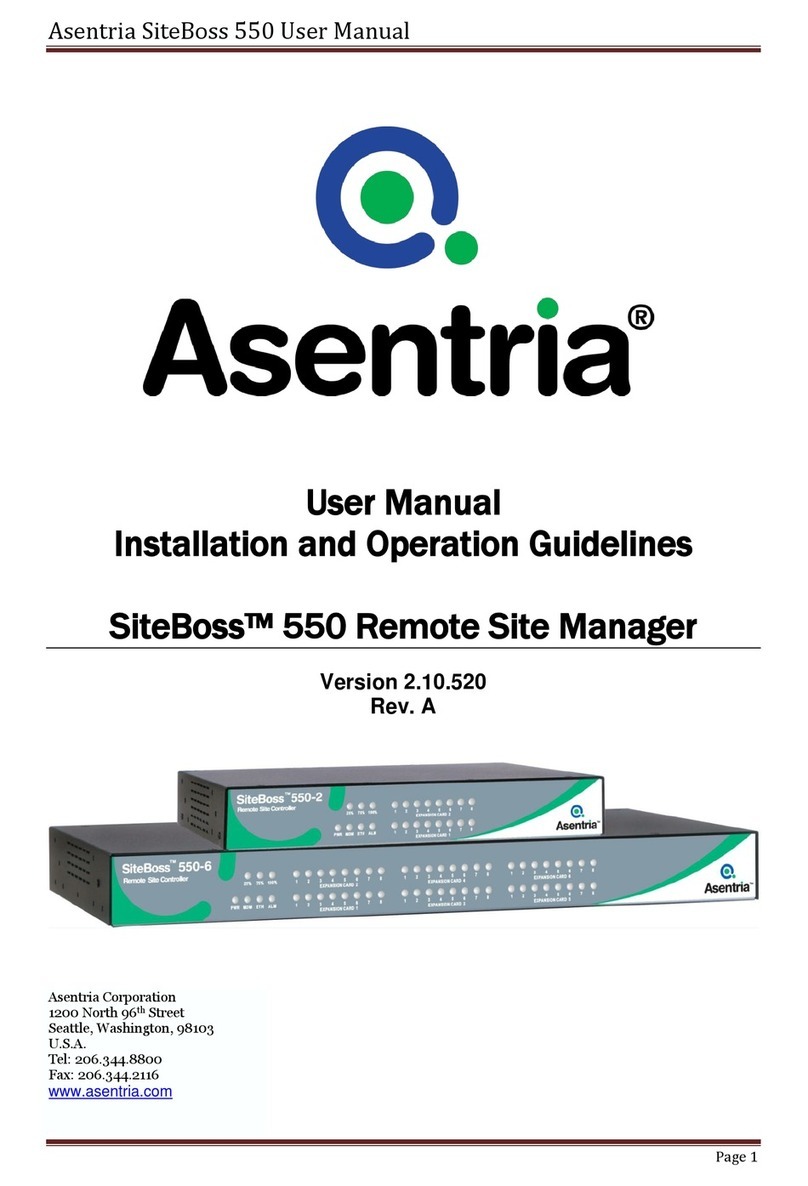
Asentria
Asentria SiteBoss 550 user manual
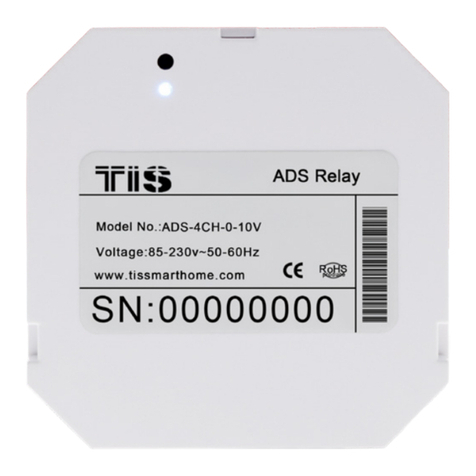
TIS
TIS ADS-4CH-0-10V installation manual

Eaton
Eaton A200 Instruction leaflet
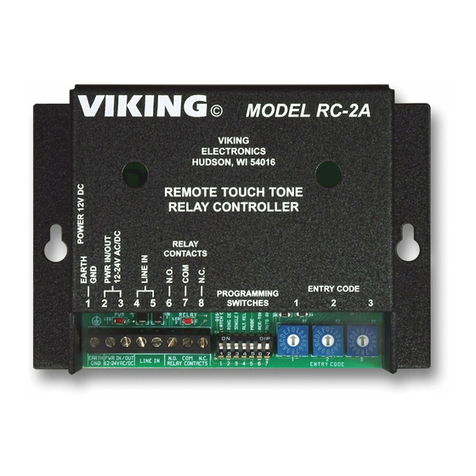
Viking
Viking RC-2A Technical practice
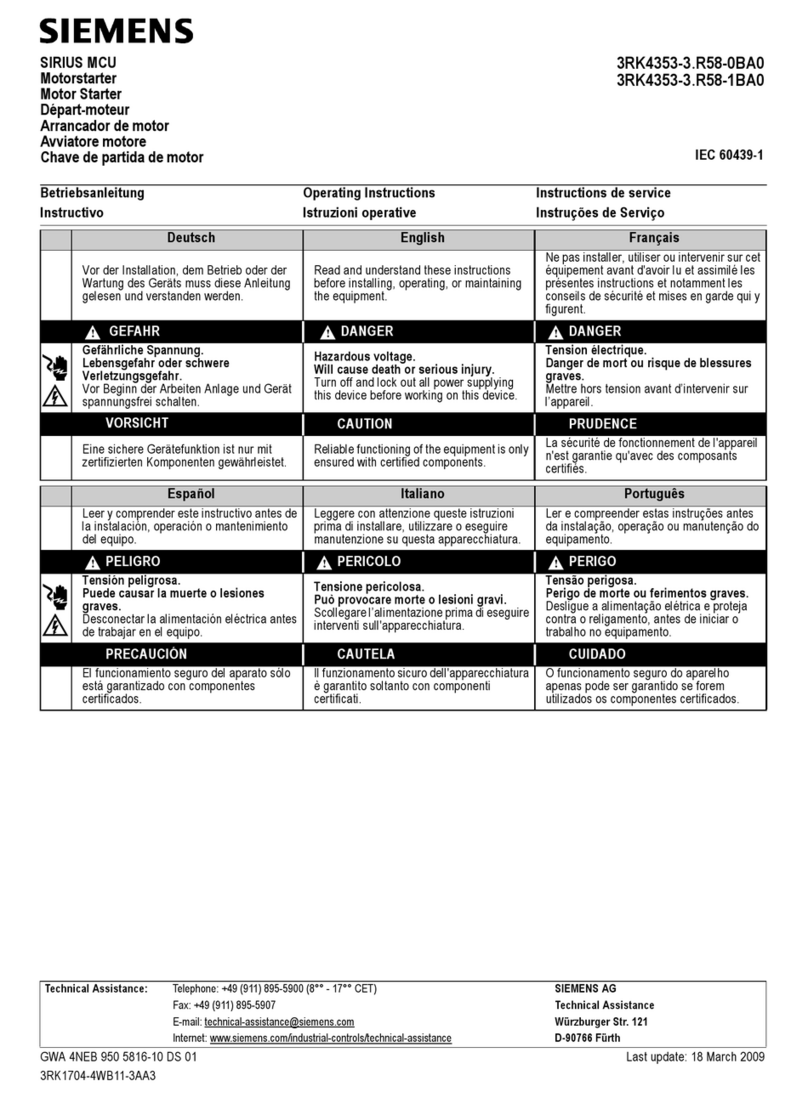
Siemens
Siemens SIRIUS MCU 3RK4353-3.R58-0BA0 operating instructions
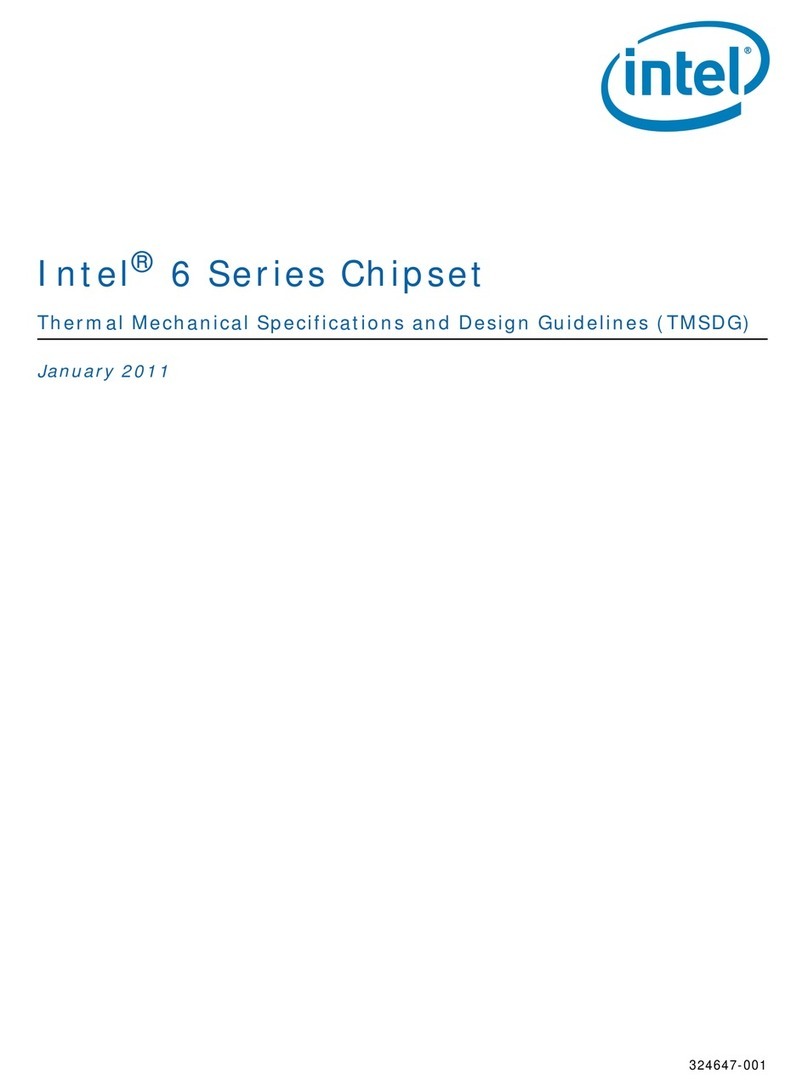
Intel
Intel 6 SERIES CHIPSET - THERMAL MECHANICAL S AND DESIGN GUIDELINES... Specifications
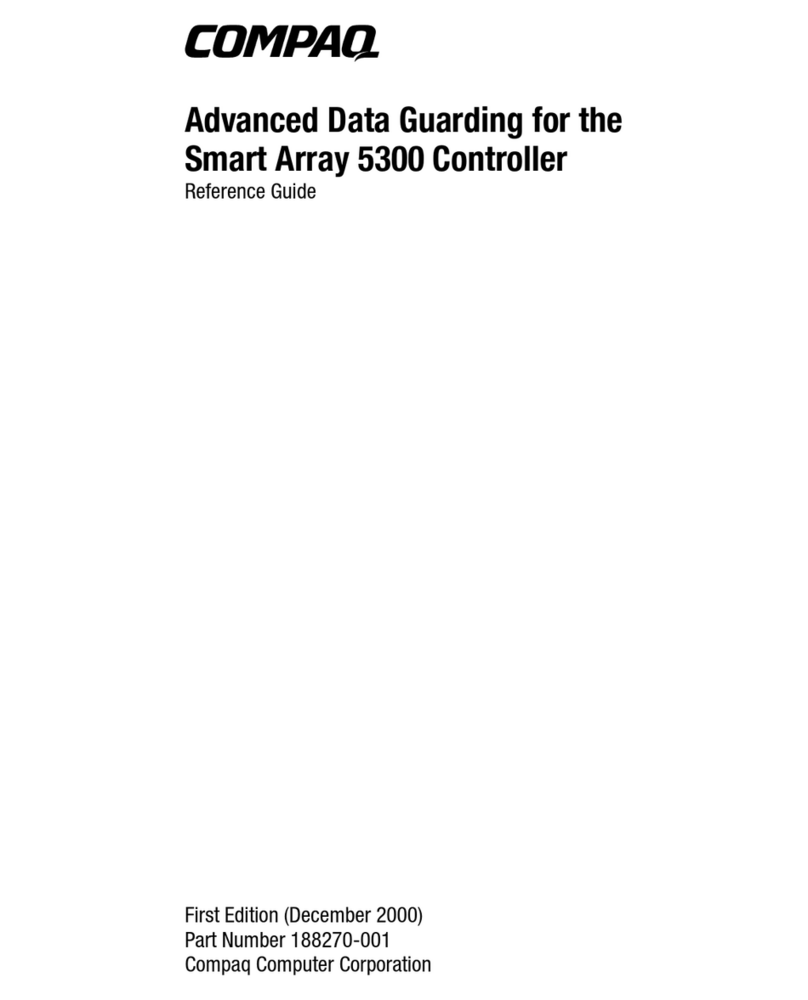
Compaq
Compaq 166207-B21 - Smart Array 5302/32 RAID... reference guide
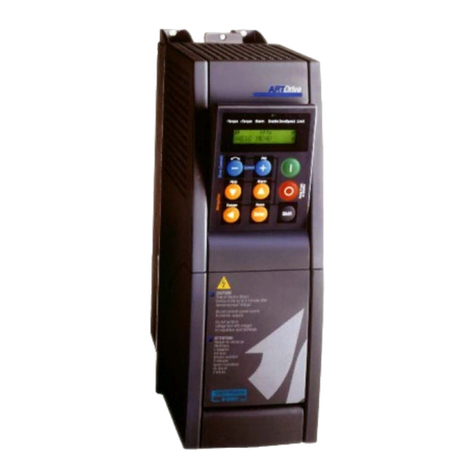
GEFRAN-SIEI
GEFRAN-SIEI ARTDrive Vector V2 Series instruction manual

Autonics
Autonics PMC-1 HS user manual
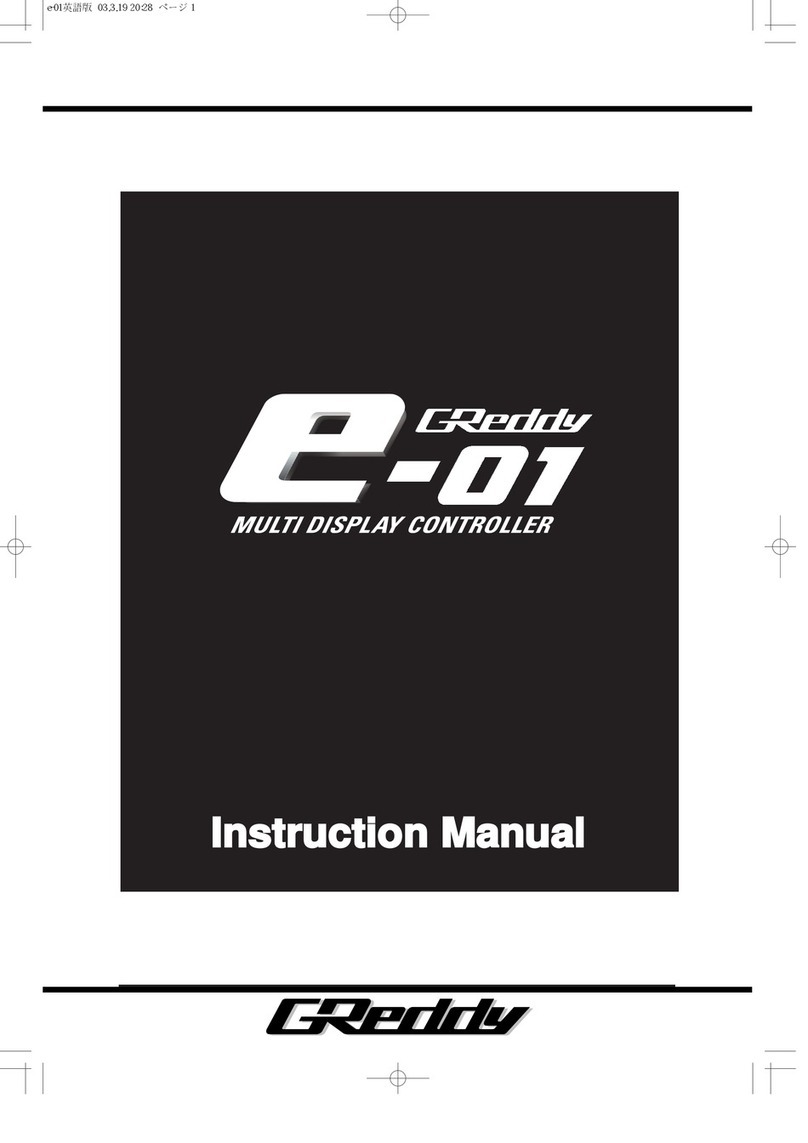
GReddy
GReddy e-01 instruction manual
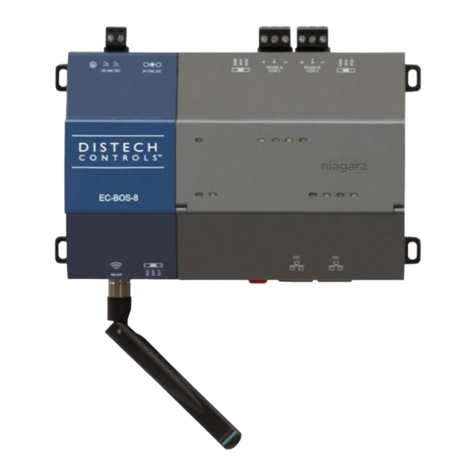
Distech Controls
Distech Controls EC-BOS-8 installation guide
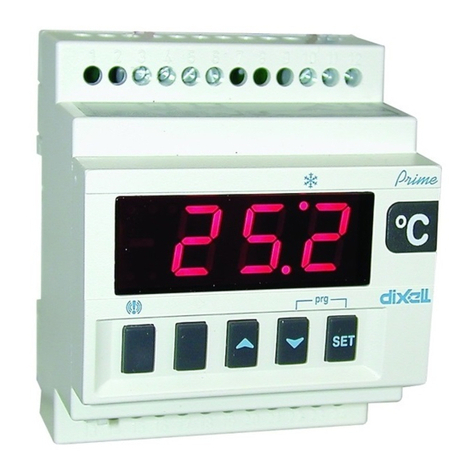
Emerson
Emerson Dixell XR10C Installating and operating instructions
